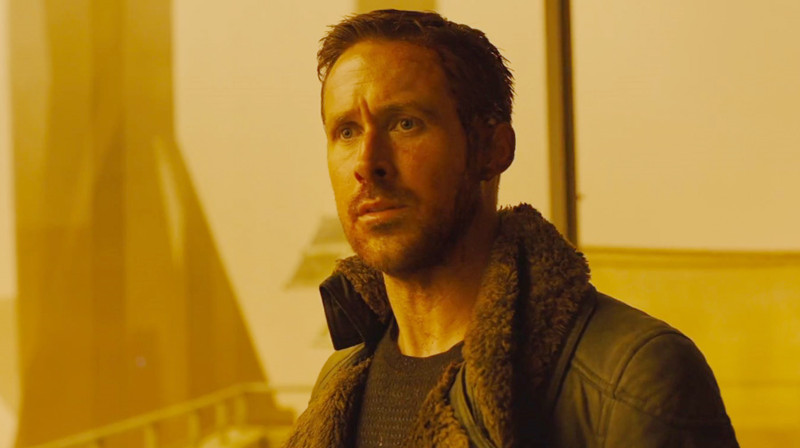
As the old saying goes, it’s an honor just to be nominated – but even films widely considered the best of their year are often overlooked by the Academy Awards. It’s no secret that the Oscars often err on the side of prestige and tend to avoid popular blockbusters and certain genres. Though this may be changing (two of 2023’s Best Picture nominees were Top Gun: Maverick and Avatar 2, after all), in previous decades it was rare to see big-budget action films even nominated.
There are other biases evident in how the Academy selects Best Picture nominees. If a film features too much explicit or implied violence, the subject matter is controversial, or the genre (specifically science fiction) is historically ignored by the Awards committee, the chances of even netting a nomination significantly drops.
With this in mind, let’s take a look at the not-too-distant past at 10 great films from the 2010s that are widely hailed and well-received but could not garner the attention of the Academy for a Best Picture nomination.
1. Drive (2011)

Driver (Ryan Gosling) is a stoic loner whose work as a driver for a criminal enterprise has left him an outsider to the rest of society. Wracked with guilt and loneliness, he sparks up a friendship with his neighbor (played by Carey Mulligan), a single mother in a relationship with a criminal deadbeat. This recovers his humanity and he becomes emotionally attached and protective of both her and her young child. But his personal and professional life collide with tragic consequences.
Aside from Gosling’s captivating performance as the enigmatic main character, Drive features sleek and moody cinematography, where the cool tone it sets reflects the detachment of its characters. Its soundtrack is similarly edgy, with ambient electronica matching the brooding intensity of the visuals. A quiet film that often explodes in shocking violence, Drive is a unique character study that manages to balance interpersonal drama with ferocious action sequences, elevating it from being another standard thriller.
Nominated for only one Oscar (Best Sound Editing, which it lost), Drive was a critical and commercial success but perhaps too “outside the box” to figure into the Academy’s standard type of film for Best Picture nomination. Instead, the Hollywood-glorifying The Artist took the statue for that year.
2. The Master (2012)
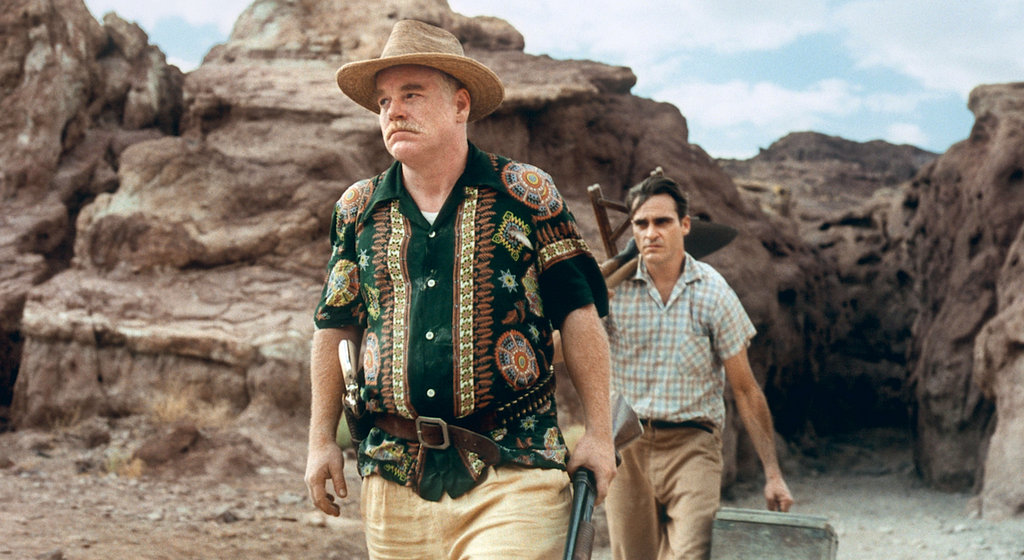
A film that explores themes of power, control, and identity, featuring a cast of prestigious actors, and made by an auteur director seems like exactly the kind of film the film academy would nominate for Best Picture. While its actors were certainly nominated (the three leads – Joaquin Phoenix, Amy Adams, and Philip Seymour Hoffman – all received nominations, though none of them won), somehow 2012’s The Master was not nominated for Best Picture.
Why is an intriguing question: after all, the film’s visuals are stunning, the editing impeccable, and the film is a fascinating psychological study of a suffering veteran floundering in society upon returning home from war. Seems like Oscar bait. So what happened?
It could be suggested that the film’s central theme of a cult that seems suspiciously similar to Scientology may be the reason. After all, it’s the “Hollywood religion,” and as such Academy voters – composed of the inside elite of that industry – may have found offense at the barely concealed parallel between Lancaster Dodd (Hoffman) and his cult of The Cause and L. Ron Hubbard’s Scientology. Though never admitted, Scientology does have a close relationship with Hollywood. It could be deduced that the brilliance of The Master was ignored by the Academy that year for Best Picture simply out of quiet protest.
3. Inside Llewyn Davis (2013)
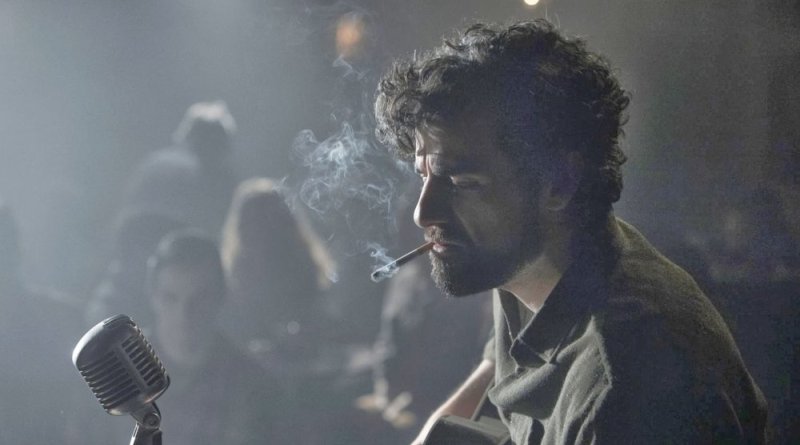
A bitter portrait of a folk musician who suddenly finds himself out of step with the music world 50 years ago is seemingly the kind of film that would appeal to the artistic mindset of Academy voters. After all, Llewyn Davis is a talented but misunderstood and largely immediately obsolete musician, a sting that has fallen many artists. A prestige film by The Coen Brothers, themselves directors that flit in and out of mainstream appeal and previous Oscar winners, should have been at least nominated for Best Picture even if they wouldn’t win. So why the snub?
For starters, it was an extremely competitive year for the category: 12 Years A Slave, American Hustle, and Gravity were all higher grossing and budgeted films that all secured a nomination, with “12 Years…” eventually winning. Another is its unappealing nature: following an unsympathetic protagonist and featuring a bleak color palette, its setting and narrative tone were artistically sound but unappealing to a large swath of the audience. Its limited theatrical release also didn’t drive audiences to the theaters,
While nominated for Best Cinematography and Best Sound Mixing, losing both, Inside Llewyn Davis was an extraordinary film released in a competitive season that couldn’t find popular appeal despite its critical acclaim, and for this missed nomination for Best Picture that year.
4. Carol (2015)
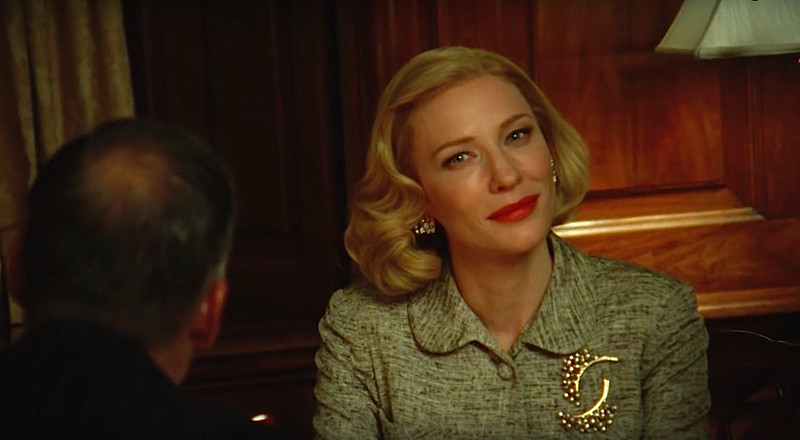
A beautifully crafted film that should have been nominated for Best Picture, Carol was shut out of a Best Picture nomination. Directed by Todd Haynes and starring Cate Blanchett and Rooney Mara, the film is a poignant and powerful exploration of love, desire, and societal constraints in the 1950s.
One of the most striking aspects of Carol is its exquisite craftsmanship. The film’s production design, cinematography, and costumes all work together to create a vivid and immersive portrait of 1950s New York. Todd Haynes’ direction is masterful, showcasing a deep understanding of cinematic language and an ability to create a highly emotional and visually stunning atmosphere. So why wasn’t it nominated for Best Picture?
Two factors may have contributed to this: lack of distribution and subject matter. The first is easy enough to understand: as a smaller budgeted film, its distribution was limited and only gradually expanded as word of mouth grew. The next is also sadly understandable (to a point): a film depicting a lesbian romance set in the 1950s is a foreign enough concept that meant the film had a limited appeal.
Although a universal story of love, desire, and social constraints that hinder this, Carol was not the type of movie the Academy was looking to promote and represent at the time. Unfortunate as it’s a beautiful film, with Todd Haynes’ masterful and controlled direction being able to transmit a forbidden romance that is also a natural one. Odd that a film nominated for Best Actress, Best Supporting Actress, Best Cinematography, Best Adapted Screenplay, and two more was shut out of a Best Picture nod, but the fates of Oscar are fickle.
5. If Beale Street Could Talk (2018)
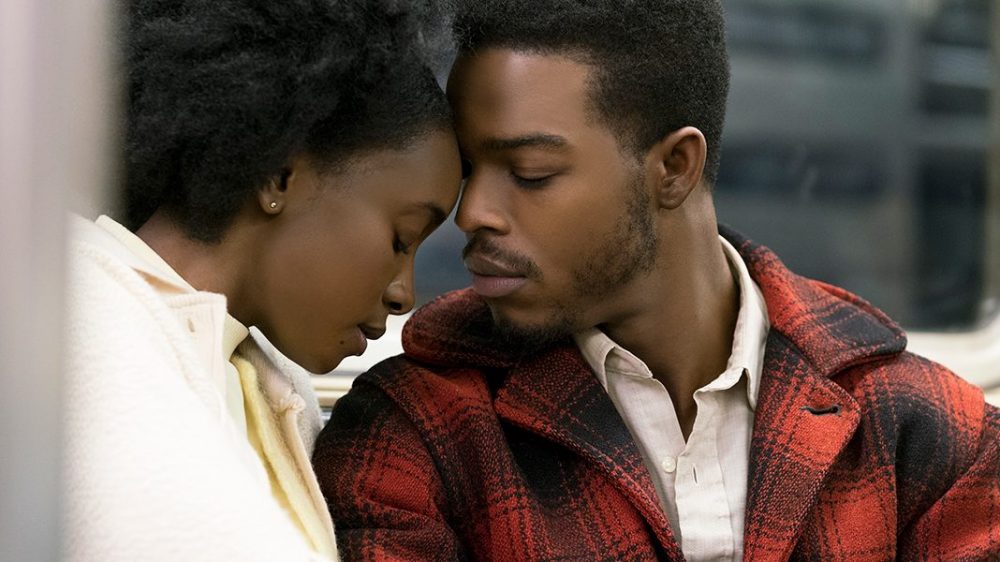
If Beale Street Could Talk (2018) is a powerful and moving film that should have been, by all rights, nominated for Best Picture. Adapted from James Baldwin’s classic novel and directed by Barry Jenkins, the film is an intimate and heartbreaking exploration of love, family, and the systemic injustices faced by African Americans in the United States.
One of the most impressive aspects of If Beale Street Could Talk is its exquisite cinematography. The film’s visual language is stunning, with each shot carefully composed to convey a sense of emotional depth and intimacy. Jenkins’ direction is masterful, creating a highly immersive and emotionally resonant atmosphere. Rich in thematic complexity and emotional resonance, it explores themes of love, family, and systemic racism, while also touching on issues of class and gender.
So why not a Best Picture nomination? Maybe not enough name recognition? Adapting a racially charged novel by one of America’s most important black authors? It seems the former has more to do with it than the latter, as this exceptional film’s critical acclaim and subject matter is exactly the sort that the Academy recognizes.
Nominated for Best Supporting Actress (Regina King, who won it), Best Adapted Screenplay, and Best Score, this film was a classic example of under-representation in the system that claims to support its message.